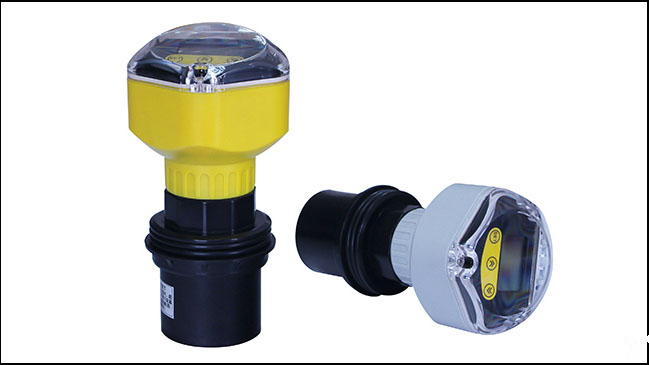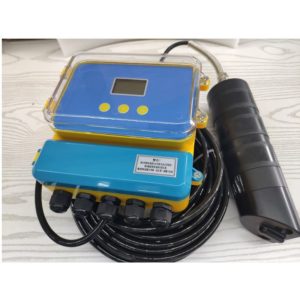The ultrasonic level meter is a non-contact measuring instrument, measurement is not affected by the medium density, or dielectric constant, and the application is very wide. However, in practice, the ultrasonic level meter also needs to be temperature compensation, the reasons for doing so and how should it be achieved?
An ultrasonic level meter is a microprocessor-controlled non-contact liquid level measuring instrument, whose ultrasonic waves are emitted by sensors and transducers, and the sound waves are reflected by the surface of the object and converted into electrical signals. The distance to the measured liquid level is calculated from the transmission time of the sound wave from the transmission to reception. The relationship between the distance s, the speed of sound C, and the transmission time t is usually expressed by the formula S=C×T/2.

As can be seen from the above equation, the ultrasonic level meter measurement is based on the principle that the propagation speed c of ultrasonic waves in a certain medium is a certain value. At atmospheric pressure and room temperature, the propagation speed of ultrasonic waves in air is about 340 m/s. In fact, when the air temperature increases by 1°C, the change of sound speed are about 0.6 m/s.
Therefore, if the sound speed is still calculated according to the fixed value system when the temperature increases, the measurement error of the liquid level will be very large.
Therefore, in order to meet the accuracy requirements in industrial applications, the sound velocity must be corrected, and the method of sound velocity correction mainly uses the temperature compensation method. Applying the temperature compensation method to the ultrasonic level meter can improve the measurement accuracy of the system and meet the requirements of industrial applications. This is the reason why the ultrasonic level meter needs temperature compensation.

After understanding the reason, let’s see how to implement temperature compensation. According to the approximate relationship between temperature and speed of sound, C = 331.45 + 0.607 × T (℃) or C = 20.607 × T1/2 calculate the actual speed of sound, in order to achieve the purpose of using temperature compensation for sound speed correction.
The specific implementation method is to add a temperature sensor inside to measure the temperature change of the environment. When the ultrasonic level meter works, the then ambient temperature value is converted into a digital signal and transmitted to the microcontroller, which then calculates the actual speed of sound at that temperature.
The above is the reason why the ultrasonic level meter needs temperature compensation and the way to achieve it, hope it can bring some help to the users in need
